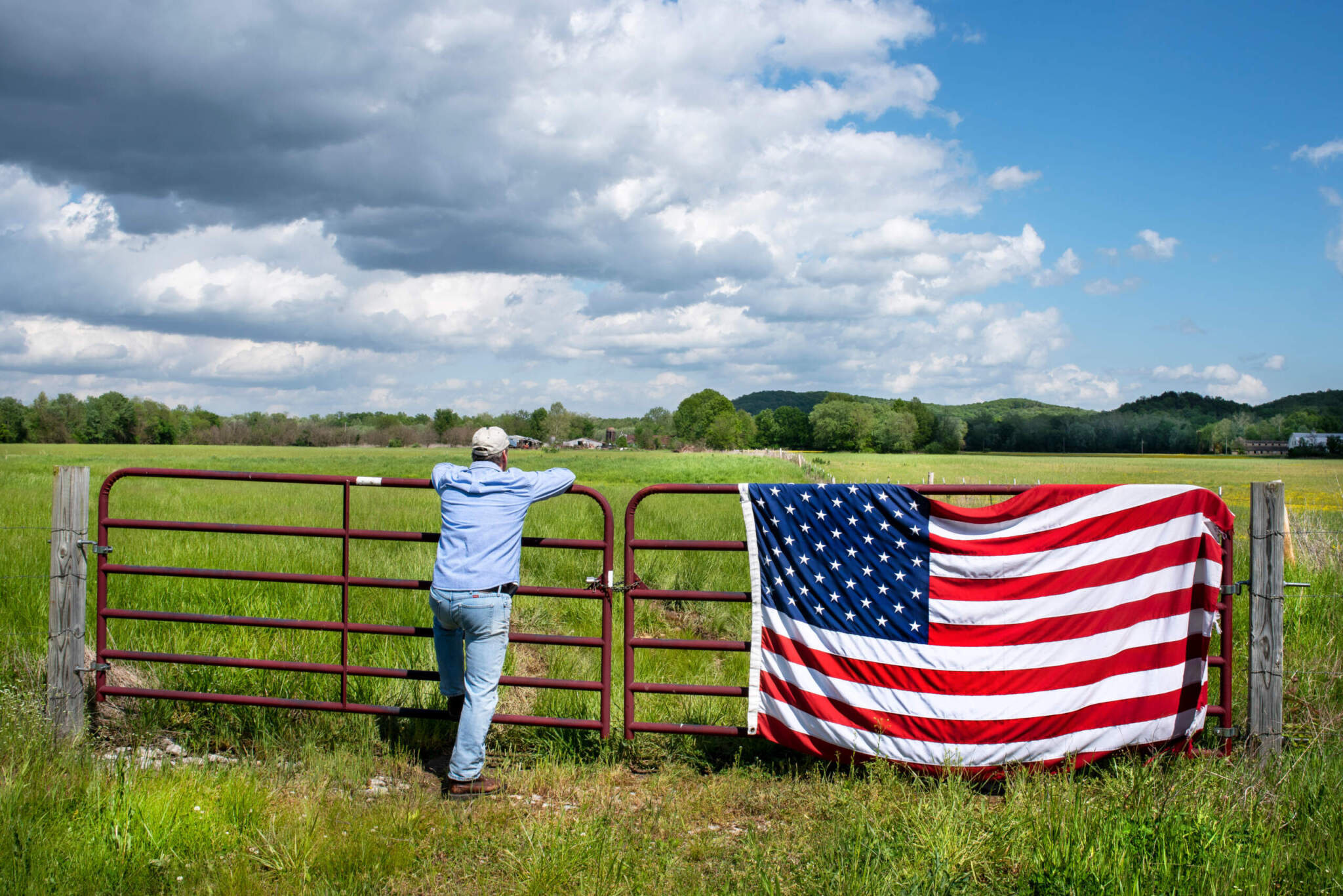For Immediate Release: December 18, 2023
Contact: R-CALF USA CEO Bill Bullard
Phone: 406-252-2516; r-calfusa@r-calfusa.com
Please find below R-CALF USA’s weekly opinion/commentary that discusses how imported live cattle impact the price and demand for domestic cattle. It is in three formats: written, audio and video. Anyone is welcome to use it for broadcasting or reporting.
Free Trade Distorts Domestic Cattle Prices
Commentary by Bill Bullard, CEO, R-CALF USA
Let’s go over some basics: First, the value of light-weight cattle is the expected future value of the animal when it reaches slaughter weight. Second, the fed cattle cash market is the industry’s price discovery market and the primary starting point used to formulate an expected future value of lighter-weight animals.
Let’s call this Rule No. 1: When prices in the fed cattle cash market rise, the price of lighter-weight cattle is likewise expected to rise. And vice versa: when fed cattle prices fall, the price of lighter-weight cattle is expected to fall.
Third, fed cattle are perishable products and must be slaughtered soon after reaching slaughter weight. Fourth, the demand for fed cattle is bounded on a weekly basis by the available weekly shackle space (meaning the number of cattle the packers are willing to slaughter each week). Fifth, due to these factors, the weekly price of fed cattle is highly sensitive to the supply of slaughter-ready cattle.
So, here’s Rule No. 2: When weekly fed cattle supplies exceed weekly shackle space, fed cattle prices can be expected to fall. And vice versa: If there are insufficient weekly cattle supplies to fill available shackle space, prices can be expected to rise.
Now sixth, imported cattle delivered for slaughter are a direct substitute for domestic cattle because beef from imported cattle is not distinguished from beef from domestic cattle with a country-of-origin label. Seventh, imported cattle arrive in the U.S. duty free, so there is no adjustment to their value to address disparities between foreign and domestic production standards and related costs or differences in currency valuations. Eighth, many, and likely most, of the packers participating in the weekly fed cattle cash market also purchase imported live cattle to increase weekly cattle supplies.
And here’s Rule No. 3: Packers purchase imported cattle to increase weekly cattle supplies, and because the resultant beef is not distinguished from domestic beef, those imports displace the domestic producer’s opportunity to receive higher prices and to present more cattle for sale, such as through herd expansion or new rancher entrants.
So, let’s recap the three Rules: 1) The fed cattle cash market price influences the price for all weights of cattle. 2) The weekly fed cattle price is influenced by the available supply of cattle in relation to weekly slaughter volume. 3) Packers purchase imported cattle that are direct substitutes for domestic cattle even though their value is not adjusted to reflect the United States’ higher production standards and higher currency valuation, with the result of displacing the domestic producer’s ability to receive higher prices, expand production, or attract new entrants.
Now let’s summarize the recap: Free Trade in live cattle allows packers to increase price-depressing supplies to the detriment of American cattle producers, regardless of the weight of cattle they sell.
And now let’s apply this basic tenet to what we’re experiencing in the cattle market today.
Data show that fed cattle prices have been trending downward for several months, losing nearly $15 per cwt since early November. Data show that 600-weight calves lost about the same amount since July. And during the month of November, about 42,000 imported cattle were slaughtered, which compares to about 28,000 slaughtered during the same time last year, representing about a 48% year-to-year increase in imported cattle slaughter for November.
A recent CME Group report states that live cattle imports in October were up by over 76% compared to October last year, and for the first 10 months of this year, those imports were up more than 24% compared to the same period last year. The data show that while most of the increase in imports came from Mexico, there has been a substantial increase in live cattle imports from both countries from August through October.
So, it seems the law of supply and demand is at work in our U.S. cattle market, but it seems to work best for those who can manage both sides of the equation.
When tight domestic cattle supplies are supplemented with increased cattle imports that function as direct substitutes for domestic cattle, domestic cattle prices can and should be expected to fall. And they have.
And in our highly concentrated market, we see that reduced slaughter volumes and increased cattle imports, not to mention increased beef imports, correlate with falling domestic cattle prices.
So, it seems free trade, which facilitates unlimited, tariff-free imports, works for some but not for others.
You see, it depends on where you participate in the multi-segmented beef supply chain.
If you participate in the beef segment of the supply chain, where you want to lower the cost of your primary input, which of course is cattle, then it works quite well for you.
But, if you participate anywhere along the live cattle supply chain, where you want a fair, competitive price for your live cattle, well, it just doesn’t work that well for you.
###
R-CALF USA’s weekly opinion/commentary educates and informs both consumers and producers about timely issues important to the U.S. cattle and sheep industries and rural America.
Ranchers Cattlemen Action Legal Fund United Stockgrowers of America (R-CALF USA) is the largest producer-only trade association in the United States. It is a national, nonprofit organization dedicated to ensuring the continued profitability and viability of the U.S. cattle and sheep industries. For more information visit www.r-calfusa.com or call (406) 252-2516.






